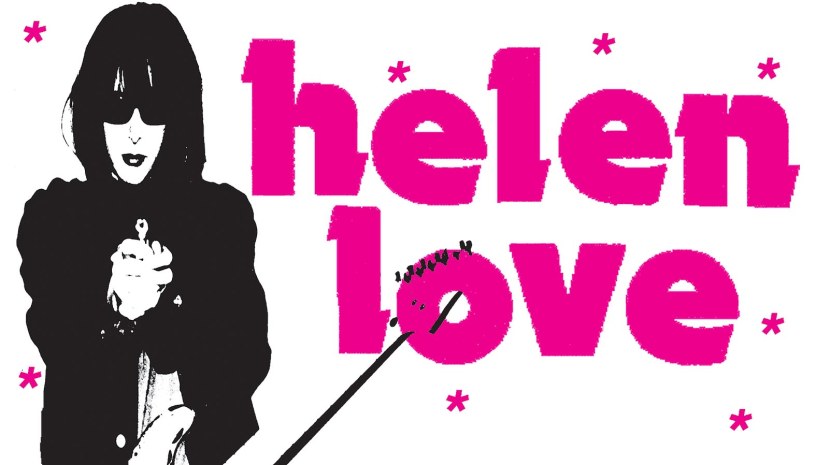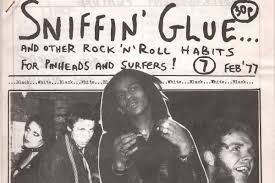Brief
Browse the American based Smithsonian Libraries’ Artist Book archive to identify books that you find interesting or questions the notion of the book in some way https://library.si.edu/collection/artists-books
Explore fanzines in more depth by reading Teal Trigg’s chapter Definitions and early days (pages 6–43) from her book Fanzines: A do-it-yourself revolution (2010). This chapter is available as a course resource on the student site.
Document visual examples of work you find interesting with annotations in your learning log. You’ll be using some of this research in your first assignment.
Books That Question the Notion of ‘The Book’.
I found looking through the Smithsonian Libraries’ Artist Book archive a really interesting experience. Books are more than just a ‘container’ for the words, they can be works of art themselves or even serve a double purpose.
Yusuke Oono’s 360 book Snowy World becomes a physical manifestation of the story; a three-dimensional world that the reader can touch and explore. Not just a book it also becomes a holiday decoration.
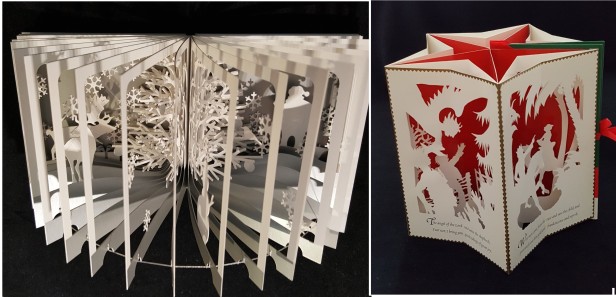
Image: Yusuke’s Snowy World. Available at: https://blog.library.si.edu/blog/2018/12/18/a-carousel-holiday-decoration/ Accessed on: 31st August 2019
David Stair’s statistical book, Asperity, which is printed on sandpaper, plays on the word, urging the reader to challenge the concept of civilisation and advancement in the first and third worlds.
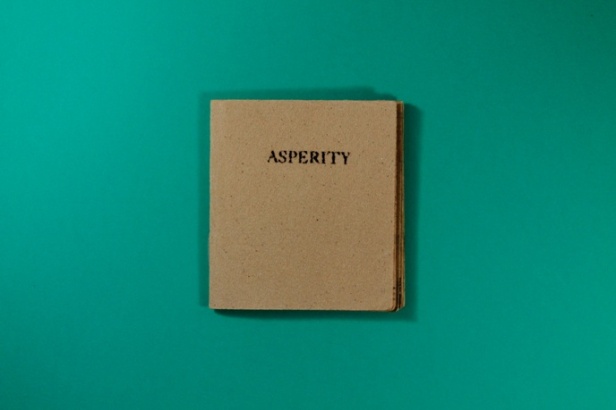
Image: David Stair’s Asperity. Available at: https://www.printedmatter.org/catalog/3680/ Accessed on: 31st August 2019
Looking through the collection reminded me of Shelley Jackson’s Skin Project 2.0. Jackson wanted her book to live and evolve so she tattooed it on living volunteers – one word per person. This ensures that her story will reach every corner of the Earth. It will remain dynamic, keep changing and eventually die. It’s a really fascinating project.
‘As words die the story will change; when the last word dies the story will also have died.” I am a word myself: the title, Skin.’ (2011)
Shelley Jackson’s Skin Project 2.0. Available at: https://latimesblogs.latimes.com/jacketcopy/2011/02/shelley-jacksons-skin-project-20.html Accessed on 31st August 2019
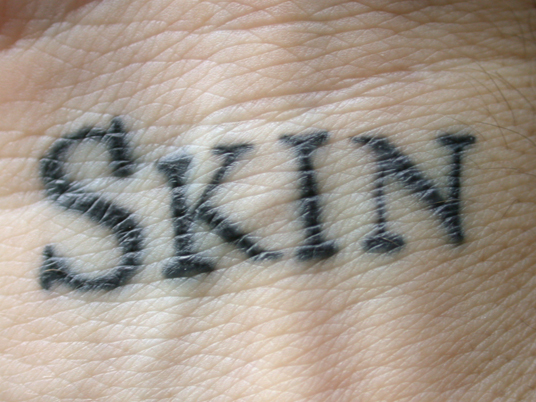
Image: Shelley Jackson’s Skin Project 2.0. Available at: http://ineradicablestain.com/skin-quilt.html Accessed on: 31st August 2019
Teal Trigg’s Fanzines: A do-it-yourself revolution (2010)
I found Trigg’s Fanzines really interesting, particularly the concept of the fanzine as a cheap DIY publication used to spread a message. This sets them apart from most books and journals that are professionally produced using expensive equipment and adhering to industry standards regarding graphic design and layout.
I love the punk, do-it-yourself style of fanzines, messy, creative, roughly torn and stuck together. There is a democracy and socialist element to the fanzine – anyone can create one regardless of how much money they have. They embody the anti-establishment, rebellious ethos of youth. This had a huge impact on pop culture, influencing everything from music to fashion.
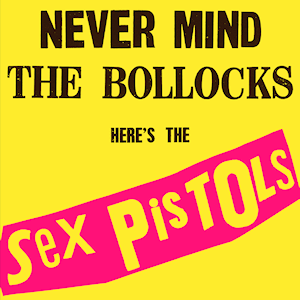
The Sex Pistols, Never Mind the Bollocks (1977) Image: Available at: https://en.wikipedia.org/wiki/Never_Mind_the_Bollocks,_Here%27s_the_Sex_Pistols Accessed on: 31st August 2019

Image: Bust Magazine. Available at https://blog.fitnyc.edu/volumesandissues/2018/03/20/magazine-of-the-week-105/ Accessed on: 31st August 2019
Bust was created by Debbie Stoller, Laurie Hanzel and Marcelle Karpe as a feminist reaction to traditional women’s magazine such as Glamour and Cosmopolitan.
Fanzines are reflective of social history and political and economic influences. They’re a grassroots reaction of ‘the people’ and provide a true account of fans, one that hasn’t been skewed by money and marketing.
Sniffin’ Glue Fanzine (1976-77) Mark Perry.
Sniffin’ Glue was established in 1976 in the UK to celebrate punk. I really like the handwritten, permanent marker text.
Image available at: https://www.dazeddigital.com/artsandculture/article/30999/1/mark-perry-tracing-the-beginnings-of-the-punk-fanzine Accessed on: 321st August 2019
Riot Grrl Fanzine (1988) Tobi Vail

Image available at: https://www.kickstarter.com/projects/497699313/leicester-riot-grrrl-zine-no-1-quality-kick-ass-co Accessed on: 31st August 2019
Part of the feminist riot grrl movement, which lasted through the 1990s and continues to influence today, notably the Welsh indie punk group, Helen Love. I love the lo-fi, grainy texture and black and white contrasting with bright pink. Helen Love are one of my favourite bands and their empowering girl-power pop got me through my 20s!
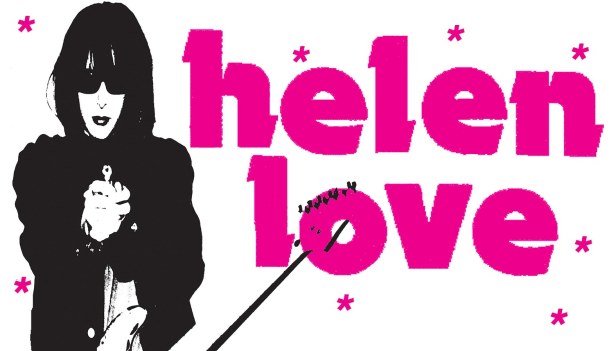
Image available at: https://damagedgoods.co.uk/bands/helen-love/ Accessed on: 321st August 2019

Trigg talks about how fanzines are often a mish-mash of different materials such as coloured paper and ribbon, written on with different coloured marker pen. I love the idea of a mixed media zine with lots of different textures. Particularly a feminist publication embodying the different ideas of femininity as tough and strong as well as ‘soft and pink’.
Fanzines were also produced as part of the underground press to distribute anti-propaganda information during times of war and occupation
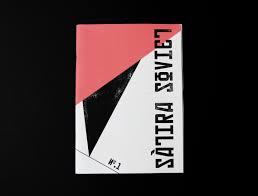
I really like Soviet era design. The bold colours and dynamic angles inspired by Bauhaus, are really striking.
Soviet Fanzine Image: Available at: https://mariafarre.net/Satira-Soviet-Fanzine Accessed on: 31st August 2019
Fanzine Characteristics
- Cut-out
- Black and white
- Photocopied/low-quality
- Lo-fi
- Cheap
- Chaotic layout
- Upcycling/recycling – Sometimes printed on to upcycled objects such as vinyl to save money
- Stapled
- Anti-establishment
- Political
- Focused on a specific passion
- Unofficial
- Messy/amateur
- personal
- Mixed media – stuck on ribbons, coloured paper, marker pen
- Controversial topics – nothing is censored as with magazines who are afraid of upsetting advertisers.
- Symbiotic relationship between image and text – i.e. they combine to be a part of the design.
Trigg, T. Fanzines: A do-it-yourself revolution (2010) Thames & Hudson pp. 6–43
Reflection
I have learnt so much from reading Trigg’s analysis of fanzine’s, particularly how they are interlinked with wider historical, social and political influences.
